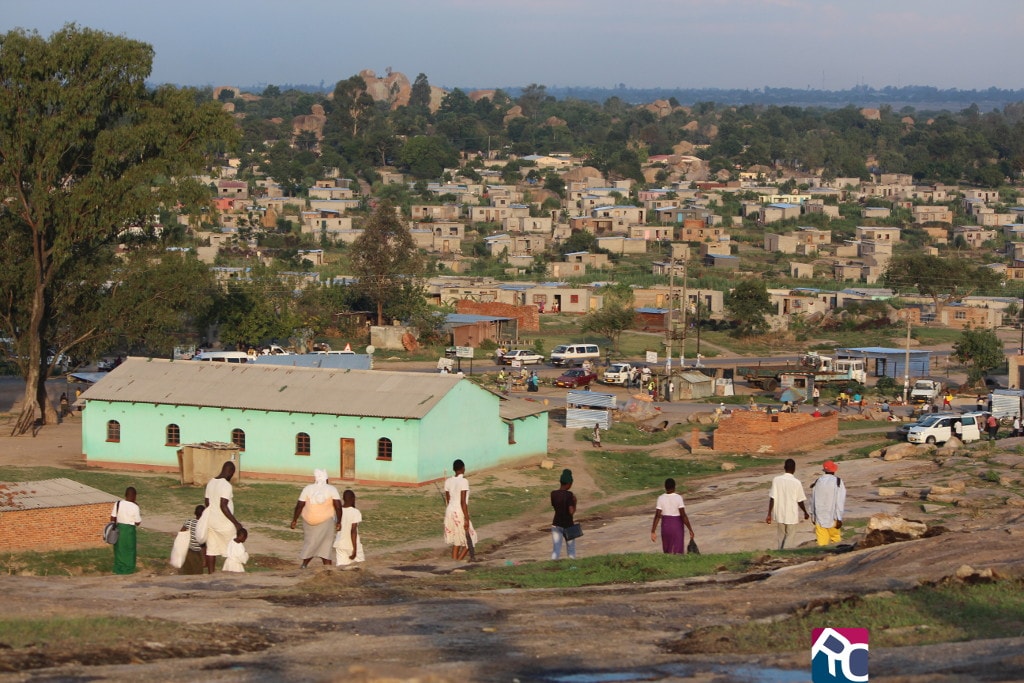ZIMSEC O Level Geography Notes: Population: Population structure
- The population structure of a country describes the population’s age, sex and the period males and females are expected to live
- Population structure is the composition of a given population, which is broken down into categories such as age and gender.
- This information can be shown on a population graph

A population pyramid of Zimbabwe
- The structure of a population has a direct bearing on economic development.
- The 2012 census indicate that the population of Zimbabwe was 12 973 808 with 6 234 931 males and 6 738 877 females.
- 41% of the population is under 15 years of age, 55% between 15 and 64 years old and 4% is 65 years and above.
- This structure shows that the population is youthful, as indicated by the broad base.
- It also indicates that life expectancy, (which is the number of years that an average person, born in a given area is expected to live) is low.
- This structure also shows that there is a large non-productive population for the economy to sustain.
- The population has a high dependence load.
- Dependency load is the number of people who cannot be gainfully employed in a given population, either because they are too young (0-14 years old) or too old (65 years and above)
- Dependency load can therefore be expressed as a ratio using the following formula:
- \dfrac{\text{Children( 0-14 years)+The Eldery( 65 and above)}}{\text{Those of a working age(15-64)}}* \dfrac{100}{1}
- So far in every 100 people of working age, there are 81.8 people dependent upon them.
- This structure is typical of developing countries in the sense that the population structure has a negative influence on the economy in the sense that the working or the productive population is small.
- The large dependent and non-productive population puts a major strain on resources, services as well as employment.
- Unlike Zimbabwe, the population structure for Sweden indicates that 19% are under 15 years and 15% are over 65%.
- This means that the productive population is therefore 66%.
- It represents a smaller dependence load with every 100 people of working age supporting 51.5%.

Population pyramid of Sweden.
- The population is has, however, a problem of looking after the aged and lack of a renewal population, in the working group
- The country will therefore suffer from the problem of lack of manpower as well as the provision for old age needs, that is, pensions, old age homes and their medical facilities
To access more topics go to the O Level Geography Notes page




